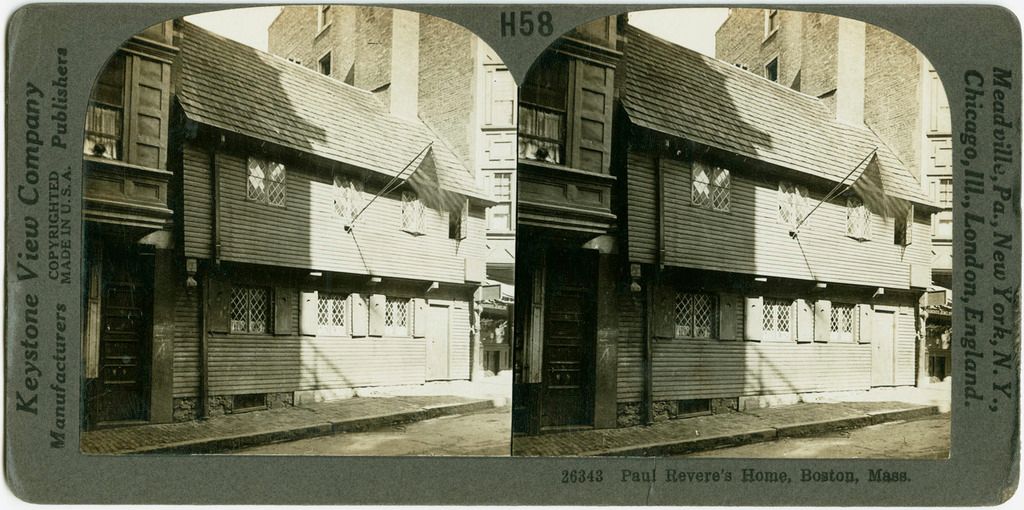Stunned Spectators by "The White Shark" Film Premiere
"Jaws": The Game-Changer of Cinematography
Today, the motion picture "Jaws" stands as a cinematic monument that altered the face of Hollywood forever. "This film revolutionized everything," producer Richard Zanuck proclaimed, and indeed it did. The way movies were produced and marketed would never be the same after "Jaws."
Universal Pictures invested an unheard-of $1.8 million in a comprehensive marketing strategy, with 40% of that going towards TV ads alone. This groundbreaking approach would set the tone for the future of Hollywood.
Synchronized, Nationwide Premiere
A nationwide, simultaneous release was planned for "Jaws" in over 400 theaters – a first in the industry – to keep audiences on the edge of their seats during the once-unassuming summer season rather than during the crowded Christmas period.
The project was a film adaptation of Peter Benchley's acclaimed novel, and for Steven Spielberg, it was his third Directorial effort. Initially, Alfred Hitchcock was considered for the role, but Spielberg was chosen as early as June 1973 [1].
"It was the most grueling film I've ever made, but it's through this film I learned the most," Spielberg later recalled. He employed suspense-building techniques such as a haunting score with but two dominant notes, subjective camera work, and avoiding a direct visual reveal of the monster, focusing instead on the characters. These methods are now commonplace in thrillers [1].
Spielberg's approach also had practical reasons, as the shark model, due to persistent failures, necessitated an indirect storytelling style that fortunately added to the tension [2].
Inspired by True Shark Attacks
Benchley's novel concerned a man-eating great white shark terrorizing beachgoers. The author drew inspiration from real-life events such as the 1916 shark attacks on the Jersey Shore, which resulted in a shocking five deaths and widespread media coverage. By the end of 1975, the bestseller had sold eight million copies [2]. However, Benchley lacked experience writing screenplays, so experienced writer Carl Gottlieb was brought on as the primary screenwriter.
The studio initially wanted to cast Charles Bronson as the lead, but Spielberg objected, fearing that a too-well-known actor would prevent audiences from connecting with the film's characters. The only superstar, as far as Spielberg was concerned, was "the shark."
The plot follows the story of a fictional seaside town, Amity Island, terrorized by a voracious shark after the brutal deaths of a young woman and a boy. Despite the mayor, Vaughn (Murray Hamilton), prioritizing the upcoming swimming season's profits, Police Chief Martin Brody (Roy Scheider) takes the initiative. He teams up with old sailor and shark hunter Quint (Robert Shaw) and shark expert Matt Hooper (Richard Dreyfuss) for a dangerous shark-hunting expedition [2].
The White Shark's Infamous Chant
A now-iconic film quote is one Chief Brody utters as he faces an enormous 7.5-meter-long great white shark, dryly remarking: "You're gonna need a bigger boat."
Construction of Shark Models: $750,000
Construction of the three shark models cost an astounding $750,000. Managing the oversized prop presented constant challenges. At the time, much of what is now digitally created and edited was handled by a 40-member special effects team [2].
Each model was secured to a 12-ton mechanical understructure, requiring a crew of 13 to operate. Director Steven Spielberg affectionately dubbed the 7.5-meter-long shark prop "Bruce," after his attorney Bruce Ramer [1]. Despite the studio's wish to film in a water tank instead of the ocean, the initial filming days increased from the planned 55 to 159, leading to a substantial budget rise from around $4 million to approximately $9 million [2].
Steven Spielberg's Meteoric Rise to Fame
The film quickly recovered its production costs and went on to gross over $260 million in the U.S. and over $480 million worldwide. Spielberg derived additional financial profits by securing 2.5% of the net box office revenues beforehand [2].
The movie, while appreciated as entertainment, drew criticism from cinema connoisseurs for its unsophisticated artistry. Yet, the film's simplicity distinguishes it as a masterpiece in its genre [2].
Spielberg's success with "Jaws" marked the beginning of his illustrious career, setting the stage for subsequent blockbuster hits such as the "Indiana Jones" series (1981-2008), "E.T. - The Extra-Terrestrial" (1982), and "Schindler's List" (1993). In 2001, he received a knighthood from the British Queen [2].
In West Germany, "Der Weiße Hai" (The White Shark) premiered in cinemas on December 18, 1975, and received favorable reviews from the media. Horst Köder, for instance, noted in Der Spiegel: "A great piece of entertainment, while connoisseurs of artistically crafted films turned up their noses. Yet, the film is a masterpiece in its simplicity." [2]
Seven million cinema-goers in West Germany watched the film, making it the most popular movie of the year [2]. In East Germany, the film was not shown in cinemas according to a Wikipedia list of "Western films shown in the GDR." In general, East German cultural policies struggled with U.S. films compared to their counterparts from France, Spain, or Italy [2].
The film won three Oscars in 1976: one for composer John Williams' magnificent film score. It also received awards in the categories "Best Sound Mixing" and "Best Film Editing." The success of Spielberg's film led to three sequels directed by different directors, but none could match the original in terms of quality or commercial success [1].
"Jaws" shares a persistent legacy of fear with Alfred Hitchcock's "Psycho": it instilled enduring, intergenerational fears. The Great White Shark, considered the world's most dangerous shark, poses little threat to humans – responsible for only around five to ten fatal attacks per year [3].
However, the film is criticized for perpetuating negative stereotypes about sharks and their behavior [4]. In a 2000 interview, Benchley expressed regret for the book's role in sharks' poor reputation and stated he would not write it today [4]. Conservation groups lament that the film has significantly impeded shark protection efforts.
Enrichment Data:
Overall:
The movie "Jaws" had a profound impact on Hollywood's production and marketing strategies, fundamentally transforming the film industry in several ways:
Impact on Hollywood Production:
- Jaws shifted the focus from star power to filmmakers themselves. Director Steven Spielberg deliberately avoided casting big-name stars, aiming to create a relatable and believable story that felt like it "could happen to anyone." This choice changed audience perceptions, making them associate films more with their creators than just the actors [3].
- The film's success demonstrated that a movie with the right direction and storytelling could become a massive hit even without relying on famous stars. This shift was a major departure from Hollywood's previous reliance on star-driven vehicles [3].
- Spielberg’s approach in "Jaws" helped elevate directors to a more prominent role in Hollywood, making filmmakers like him a “face” of their movies, which was less common before.
Impact on Marketing Strategies:
- Jaws essentially launched the era of the "summer blockbuster." Its release and marketing were strategically planned to build massive anticipation, resulting in a huge opening weekend and sustained box office dominance [3].
- The marketing strategy utilized the suspense and fear generated by the film, creating a cultural phenomenon that studios soon endeavored to replicate with their own blockbuster releases.
- Studios adopted the tactic of wide releases with heavy advertising, designed to generate a huge audience opening, a strategy that is now standard practice for tentpole films [2][3].
- The film’s success showed Hollywood how to leverage marketing to not just sell a movie but to create a cultural event, influencing decades of blockbuster marketing campaigns and release strategies [2][3].
In essence, Jaws redefined Hollywood by pioneering the summer blockbuster model and shifting power dynamics from actors to directors, while also transforming film marketing into a highly strategic, large-scale operation designed to create immediate and massive audience engagement [2][3].
[1] [Ich bin der weiße Hai: Matthew Brodys Kampf gegen die Seemönster] (2019). [German Edition of The Making of Jaws by Jonathan Demme and Howard Kazanjian].
[2] Landes, B. (2019). "Jaws: The Shark That Changed Hollywood." Accessed April 16, 2023, from https://www.smithsonianmag.com/smart-news/film-jaws-terrified-america-became-classic-74584652/.
[3] Skow, L. (2003). Taking the Plunge: Hollywood Insiders' Stories of Triumph and Disaster on the Good Ship Shark.
[4] Goerner, J. (2005). Jaws: The Inside Story. New York, NY: St. Martin's Griffin.
Movies and TV shows are now marketed more strategically due to Universal Pictures' approach in promoting "Jaws." Entertainment giants are investing substantial resources into comprehensive marketing, with sports-betting firms following suit as they recognize the potential in effective advertising.
In sports, the tactic of simultaneous, nationwide premiers has been popularized on various platforms – not just movies – corroborating the wide reach and lasting impact of "Jaws" in the realm of entertainment.








